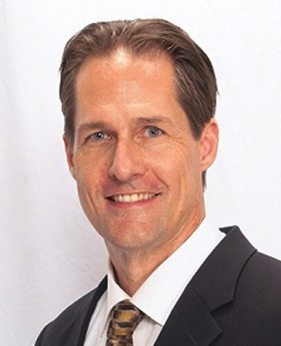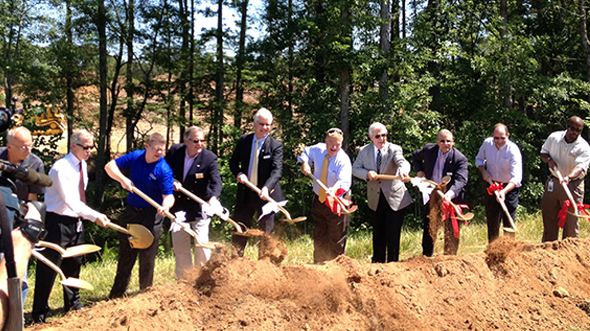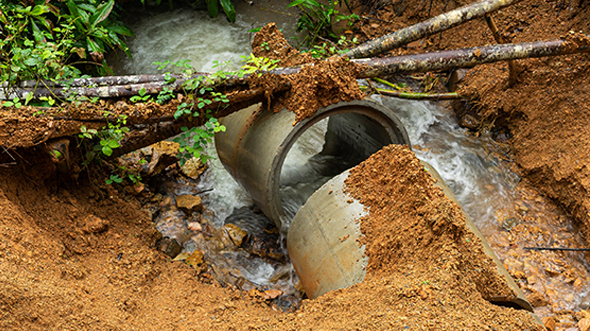
BLOG
—
Managing Surprises, Part 2: Building Trust
If relationships are the secret sauce of good consulting, then trust is the essential ingredient. We build trust when our clients believe that we understand what’s needed and that we’re on the right track, progressing at the right pace to deliver on time and on budget. The confidence of our clients does not come cheap, and it doesn’t happen by accident. In this entry, I sum up a few lessons I’ve learned and some sage advice I’ve received about building and maintaining trusted client relationships.
Building trust begins with self-awareness. Before we can evaluate our ability to serve a client, we need to understand our real strengths, the limits of our expertise and our readiness to commit the required resources. In some cases, we may need to team strategically to provide a required level of service, either because we need additional skillsets or because we need to deepen our bench.
We also need to know the client. Approaching a prospective client for work with a one-size-fits-all project approach is a bit like addressing someone by the wrong name when asking for a date. Unless they have very low expectations, we’re probably wasting our efforts and inviting humiliation. If we want to have an opportunity to eventually build a portfolio of meaningful, high-performing work with a client, we need to get to know them first.
A good place to start is by understanding the client’s organizational mission and our contact’s role within that mission. How does their working group fit into the operations of their parent organization? Who does our contact report to, and what does that person expect of them? What do they need from their consultants to help them deliver on those expectations? Even if we think we already know how our contact would answer certain questions, we may gain some new insights by hearing it in his or her own words.
As we get to know our clients, we do well to listen for clues about what is important to them as individuals, what motivates them, what worries them, what challenges they routinely deal with, and whether there are any hot-button issues they deal with as individuals based on prior projects and consultants.
We also need to assess our standing with the client. How do they perceive our organization? What experiences have they had with our organization or our key project staff before? Have we added (or lost) capabilities since the last time we did business with them? If a client has negative impressions of our organization, we need to take the initiative to understand and address the underlying issues proactively. If they don’t have an accurate understanding of who we are and what we do, or if there are unaddressed issues from past performance, we likely are not in a good position to do our best work for them.
If we uncover a negative impression or a damaged relationship, we owe it to the client to listen well, thank them for making us aware of that history, and immediately take appropriate steps to remedy the damage and rebuild trust.
Over time, an ongoing dialogue with our clients will help us develop and maintain an accurate understanding of their needs and priorities and their individual preferences and sensitivities, making us much more able to serve them effectively than we can with talent alone. This is one reason why consultants can offer similarly qualified and administratively supported teams yet achieve dramatically different levels of project performance and client satisfaction.
When we know our own capabilities and we understand our clients’ needs and priorities, we’re positioned to seek appropriate assignments. As we perform in those assignments, we build trust, leading to stronger working relationships. Stronger relationships promote more effective delivery of services, which ultimately supports a higher performing client organization. From that, good things will follow.
Up next: Project planning.

Lee Smith
Leland (Lee) Smith, PE, PMP, D.WRE, is an engineer program director for Woolpert’s water market and is based in the firm’s Atlanta office, where he leads project teams in problem definition, analysis and solution delivery for water infrastructure and water resource projects. Lee aspires to an increasingly client-centered approach to consulting, to foster good working relationships and support high professional standards.


